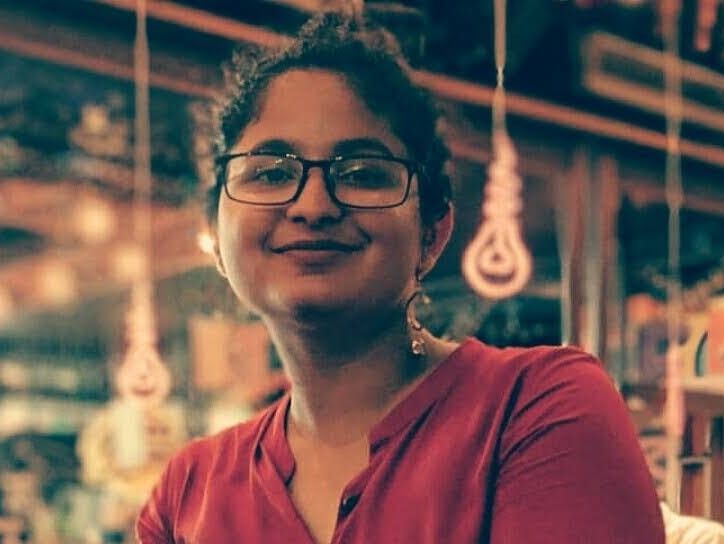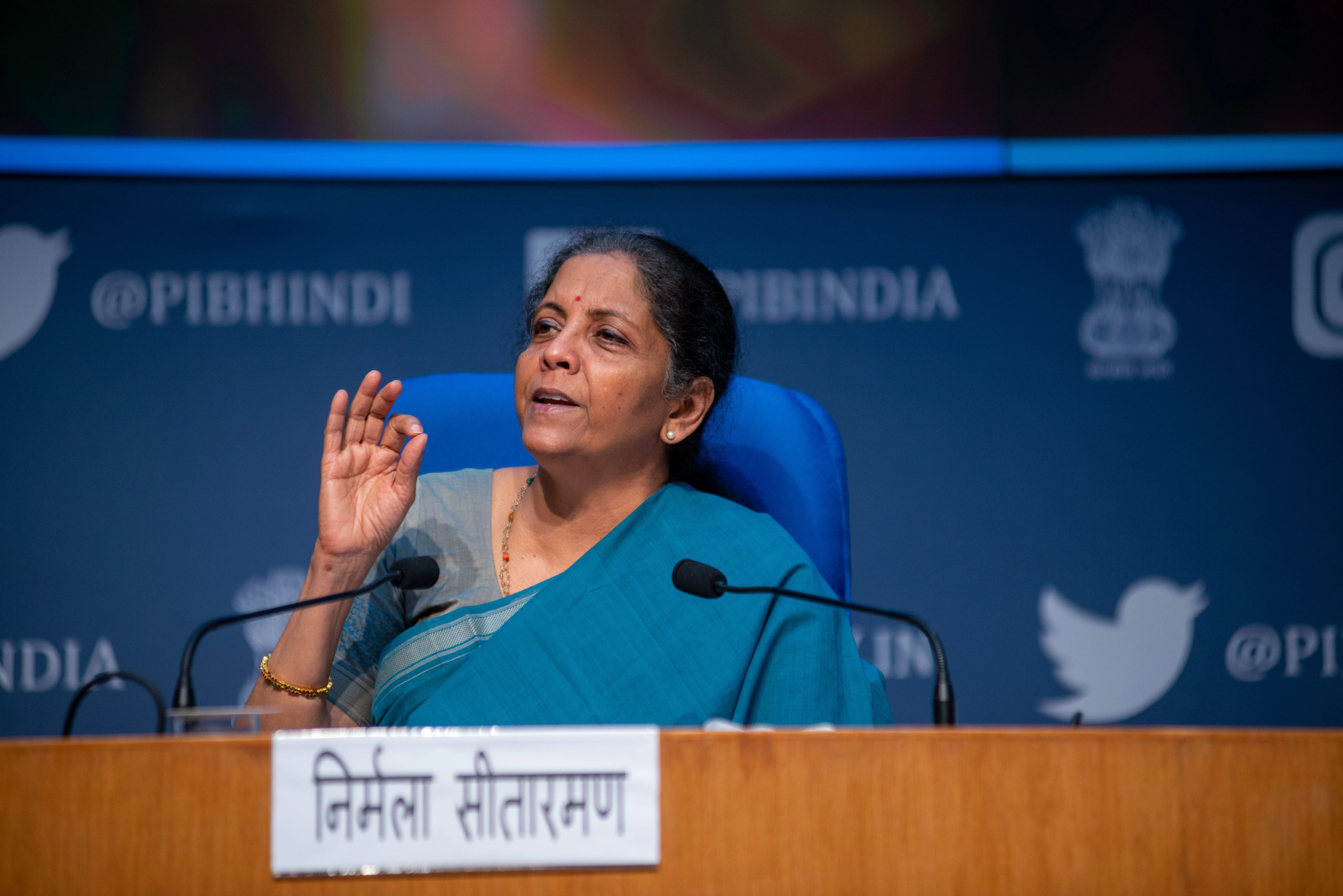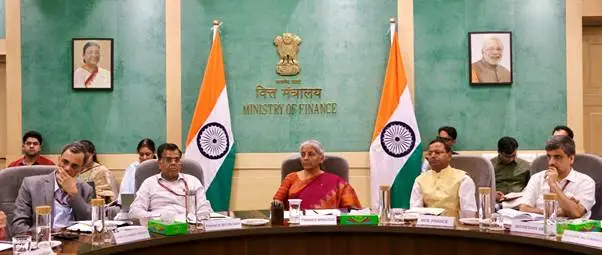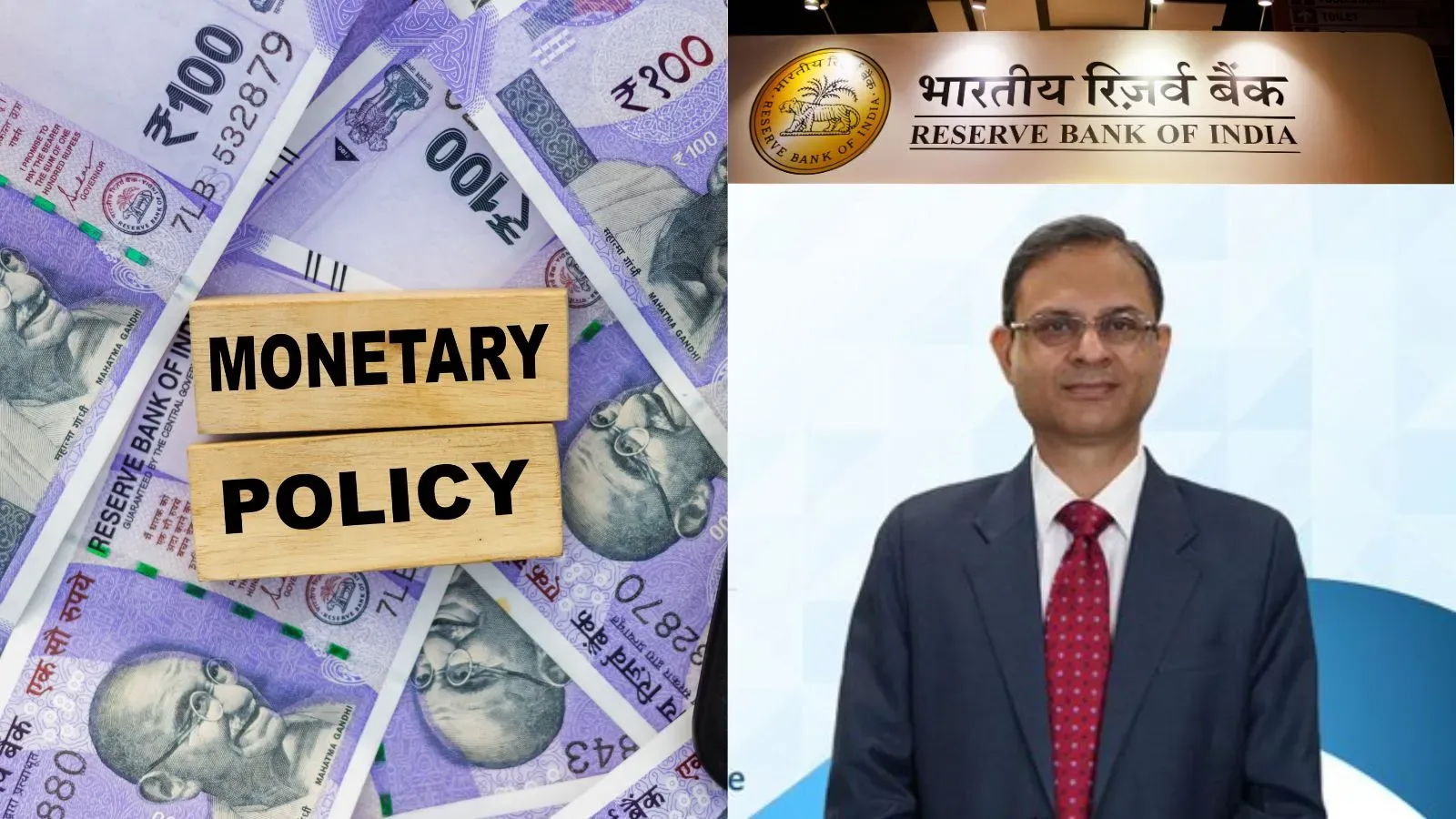Business News
The A-Z of Union Budget: What is it? Steps involved in preparation, and how it's implemented

6 min read | Updated on July 10, 2024, 09:54 IST
SUMMARY
The Union Budget is the blueprint on the basis of which the economy functions. It serves as the roadmap to economic growth and development of the country. This article gives an extensive look into the definition, preparation, and implementation of the Union Budget.

On 23 July, FM Nirmala Sitharaman is scheduled to present the budget for the entire fiscal year 2024-25.
From the founder of a startup at Dalal Street to the vegetable vendor sitting at the corner of your local wholesale market, and from a farmer tilling the fields to the celebrity and politician inhabiting the Malabar Hills, all of these people are affected by the rollout of the Union Budget.
Here’s a deep dive into what the budget entails, and how it is presented and implemented.
First, what is the Union Budget?
As stated in Article 112 of the Indian Constitution, “The Union Budget is a statement of the estimated receipts and expenditures of the Government of India for that year (financial year), in this Part referred to as the "annual financial statement"’.
It is a statement that shows the planned revenue and expenditure receipts of the government for the upcoming fiscal year.
Three core elements of Union Budget
The budget constitutes three elements; the consolidated funds, the public account, and the contingency fund.
The consolidated fund is the source of the usual budgetary transaction, and is again bifurcated into two halves; the capital budget and the revenue budget. Expenditure which is met by these funds must be approved by account of vote in the Parliament.
The capital budget is made up of two components: capital expenditure, which includes expenditure on development of machinery, infrastructure, health care facilities, etc, and capital revenue, which means revenue from disinvestments, recovery of loans, etc.
The revenue budget comprises two elements: revenue expenditure and revenue receipts. Revenue expenditure is that expenditure by the Centre that does not lead to the creation of fixed assets. Government spendings such as payment of pensions, interest on loans, subsidies, and salary to civil servants, etc constitutes revenue expenditure.
Revenue receipts are again bifurcated into two categories; tax revenue and non-tax revenue. As the name suggests, tax revenue is income to the government by the means of direct taxes (income tax, corporate, wealth tax, etc) and indirect taxes (sales tax, excise duty, custom duty, etc).
Funds that do not belong to the government, but that which it holds in trust for other entities makes up the public fund. These include employees’ provident funds, pension funds, and deposits from municipal corporations, among others.
The contingency fund is a fund which is used during emergencies such as natural disasters, wars, etc.
Budget timing

Before 2017, the budget was presented at the end of February, but the date was changed to 1st February ministered by the then Finance Minister Arun Jaitley, under the Modi government.
Being an election year, 2024 will see two budgets being passed – the interim budget, which was passed on February 1, and the upcoming budget which will be presented on 23 July.
An “interim budget” is presented by a government in its last year of governance. It is usually presented during the election year with an annual budget being passed by the new government after the Lok-Sabha polls.
Budget preparation

The budget is prepared by the Ministry of Finance in collaboration with Niti Ayog and other concerned ministries.
The formation of the budget is an extensive process which usually begins in August-September of the previous year. It takes place over a period of six months before it is presented on 1 February.
The budgeting process starts when the Department of Economic Affairs issues a circular to all states, union territories, ministries, and autonomous bodies highlighting guidelines and norms, and asking them to provide their expense estimates.
After receiving estimates on revenue and expenditure, the Finance Ministry diligently compiles the data and allocates funds to various departments and ministries.
Following this, the Finance Minister holds pre-budget meetings with heads of states, industry leaders, and other stakeholders to consult them and to know about their proposals, inputs, and feedback.
After the consultation, the FM finalises the budgetary demands which are then reviewed and approved by the Union Cabinet and the Prime Minister.
Hosted by the Finance Minister, the final stage of the budget preparation is marked by the traditional “Halwa Ceremony.” It marks the beginning of the printing of the budget documents. This event takes place nine to ten days before the budget session.
On 23 July, FM Nirmala Sitharaman is scheduled to present the budget for the entire fiscal year 2024-25. This will be the first budget to be rolled out under the third tenure of Prime Minister Narendra Modi.
The Budget Session
A Budget Session is a period during which the Lok Sabha and Rajya Sabha – two wings of the Parliament – meet on a daily basis to discuss the provisions in the budget. It is usually held from February to May. The Budget Session is split between two periods, separated by a one-month gap.
The first stage involves a general discussion about the broad overview and underlying policies of the budget in the Lok Sabha. This process takes place over four to five days.
During the one-month gap, the “Demand for Grants” of various departments are reviewed by the standing committees concerned. These Demands for Grants are estimates of expenditure from the Consolidated Funds of India.
The Demand for Grants is presented to the Lok Sabha and is voted on. If an MP disapproves of the demands they can propose “cut motion” which are formal objections. The Demands for Grants not presented due to time constraints are “gullitioned” i.e. put to vote without discussion.
Once the Demand for Grants are approved, they become an Appropriation Bill which is passed in the Lok Sabha and then sent for revision to the Rajya Sabha. Lok Sabha has the power to reject the recommendations put forth by the Upper House.
After the passage of the Appropriation Bill, the Finance Bill is put forth before the Parliament. It is a money bill that specifies the legal amendments that the FM proposes to make in regards to taxation. Parliament has to pass the Finance Bill within 75 days of its introduction.
Notably, if the Union Budget is not passed by the Lok Sabha, then the Prime Minister and his Cabinet will have to resign.
Implementation

Once the budget has been passed, it is implemented by the government. The implementation has three aspects to it – to see that grants are distributed properly to the various ministries and departments, collection of revenue, and to ensure that funds appropriated are used in accordance with the budget.
Audit
As an ex-post scrutiny, the Comptroller and Auditor General (CAG) of India audits the government’s expenditure and its revenue. Auditing is the last but a very crucial stage of the Union Budget process.
By signing up you agree to Upstox’s Terms & Conditions
About The Author
Next Story

